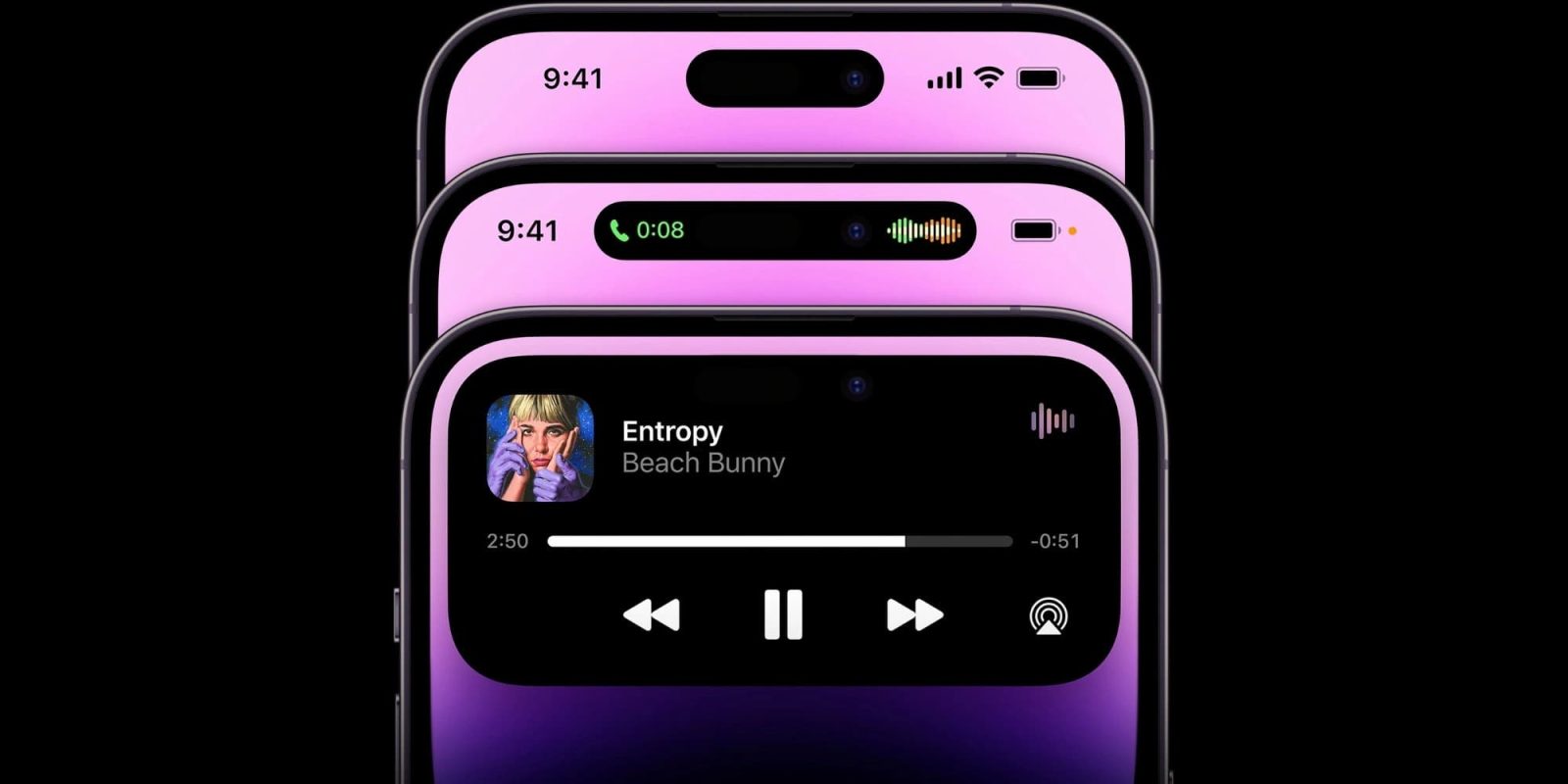
Apple has long pursued the goal of eliminating bezels and notches to create a truly uninterrupted iPhone display—without compromising features like Face ID or the front-facing camera. That journey has brought major design changes over the years, and the next steps may introduce some unusual choices as Apple iterates toward its all-display vision.
From the original iPhone through the iPhone 7, Apple used thick top and bottom bezels to house components like the Home button, speaker, proximity sensor, and front-facing camera. But by 2015 and 2016, this design was beginning to look outdated, especially as Android phones pushed slimmer bezels and relocated fingerprint sensors to the back or side.
Apple addressed this in 2017 with the iPhone X, replacing Touch ID with Face ID and introducing the notch—a major leap that reduced bezel size while still housing key sensors. In the years since, Apple has gradually refined the notch, eventually transforming it into the Dynamic Island seen on the current iPhone 16 lineup.

This year’s iPhone 17 is expected to continue that design without bezel-related changes. But in 2026 and 2027, Apple is poised to take bigger steps. The company is reportedly planning to move Face ID components under the display by 2026, allowing it to eliminate the pill-shaped cutout that forms part of the Dynamic Island today.
That would pave the way for an iPhone—likely the iPhone 18 Pro—to reduce visible display interruptions to just a single hole-punch for the front-facing camera. However, a new report from The Information’s Wayne Ma says this camera cutout may be in a surprising spot: the top-left corner of the display.
The design of the iPhone 18 Pro and iPhone 18 Pro Max will include only a small hole cutout in the top-left corner to accommodate the front-facing camera, according to a person with direct knowledge of the matter. This design is a precursor to at least one 2027 iPhone model that will place the front-facing camera underneath the screen to enable a truly edge-to-edge display, two of the people said. Such a move would coincide with the 20-year anniversary of the first iPhone
If true, the iPhone wouldn’t be the first smartphone with a front-facing camera that occupies to the top-left corner, but it would be a departure from the usual symmetry we expect from Apple.
9to5Mac’s Take
Even today, the front-facing camera isn’t perfectly centered along the iPhone’s top edge. It’s positioned slightly to the right of center, but the Dynamic Island interface balances the overall look by integrating the Face ID sensor and creating a symmetrical visual element.
Apple could take a similar approach with the iPhone 18 Pro. By extending the Dynamic Island UI further left, the company could visually incorporate the offset camera cutout while also expanding the space available for live activity indicators and other content. Still, placing the front camera in the top-left corner would represent a notable shift from the current Dynamic Island layout, which is centrally positioned between large portions of the display.
FTC: We use income earning auto affiliate links. More.




